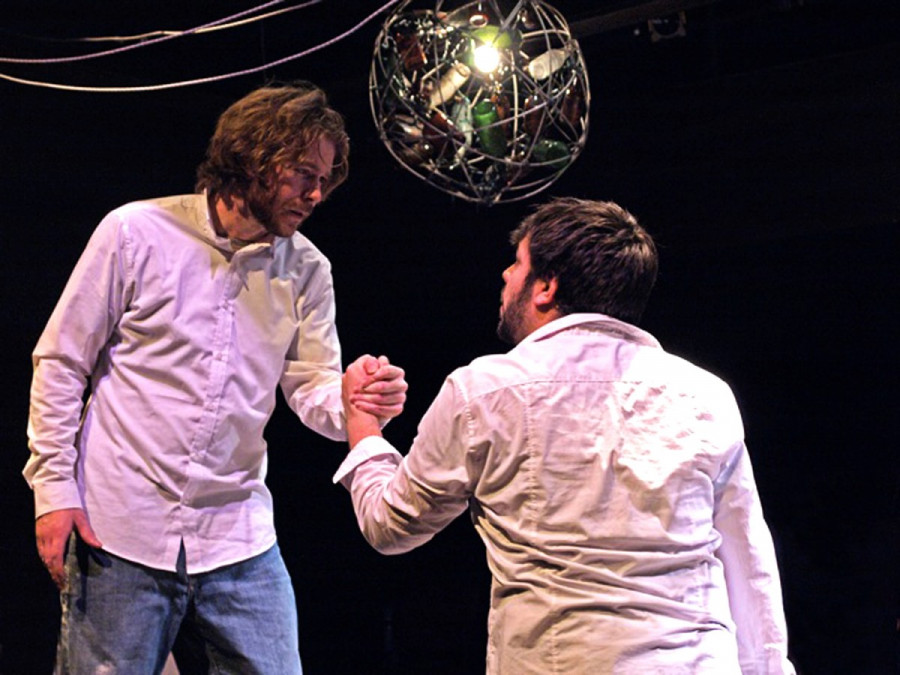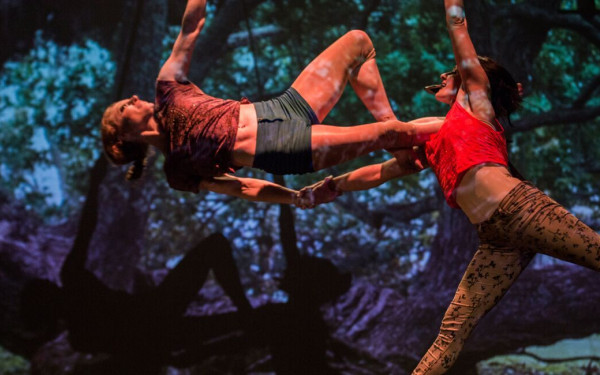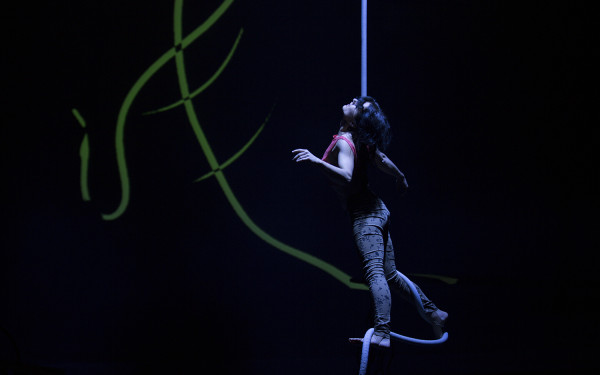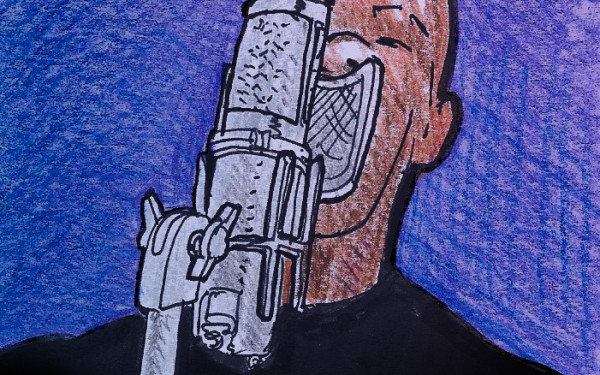Facing a Dual Identity
...And Now for Something Franco-Ontarian
Presented last year in Kingston and now at Montreal’s Monument National for the first time, L’homme invisible – The Invisible Man by Patrice Desbiens is a theatrical example of words in action.
Desbiens was born in Timmins, Ontario in 1948 and his work explores the duality of the Franco-Ontarian individual and the manifestations of personality in different contexts. This play is actually an autobiographical narrative poem originally published in 1981 and is considered Desbiens’ defining work.
The poem is printed in English on the left, and in French on the right-hand side of the page. Unlike most theatrical text, the poem is not divided into specific “lines”—it is up to each individual production to assign the text to actors.
“Personally, I have a lot in common with this story,” says actor Jimmy Blais. “Being an Anglophone […] born in Montreal, I definitely feel at times like a minority. I question where I belong, what my identity is: am I Quebecer or a Canadian?”
Blais plays alongside Guillaume Tremblay, both graduates of Concordia’s Theatre Department. The two actors portray the same character and tell the same story in two distinct voices: one English and one French.
“There is definitely play with one another […you’ll hear] French slang and English pop culture […] there is a point where it splits and a point where they come back together again,” said Blais.
“I see it as a dance and there are points within the dance where we work with each other and points where we work against each other.”
As director, Harry Standjofski, a Montreal-based actor, playwright, musician and teacher articulated this relationship in the movement of these two characters. For the majority of the play, one actor speaks while the other gives physical context to the story by momentarily “becoming” another character.
Sometimes the actors mirror one another, giving the impression of being two sides of the same coin.
Why produce L’homme invisible – The Invisible Man in Montreal? “It only made sense for us to bring it home,” explains Blais. “The beauty of the piece is really to be able to understand the nuances between the languages.”
The language of music was at work in this production as well. Composed and performed on guitar by Harry Standjofski for this production, with vocals and accordion by Gabriella Hook, the music reflects the mood of the story while setting a sombre tone for the production.
The musicians are on stage for the duration of the show and seem to communicate with the actors through music.
“The music in this show and the music in that show [Kingston] are completely different. When we came here, Harry wanted [the music] to have a dirtier sound,” says Blais.
L’homme invisible – The Invisible Man /March 14 – 17 / 8:00 p.m. / Monument National (1182 St. Laurent Blvd.) / $20 at the door; $15 for students/equity artists & a special price of $10 at the door with Concordia ID.


_600_832_s.png)




